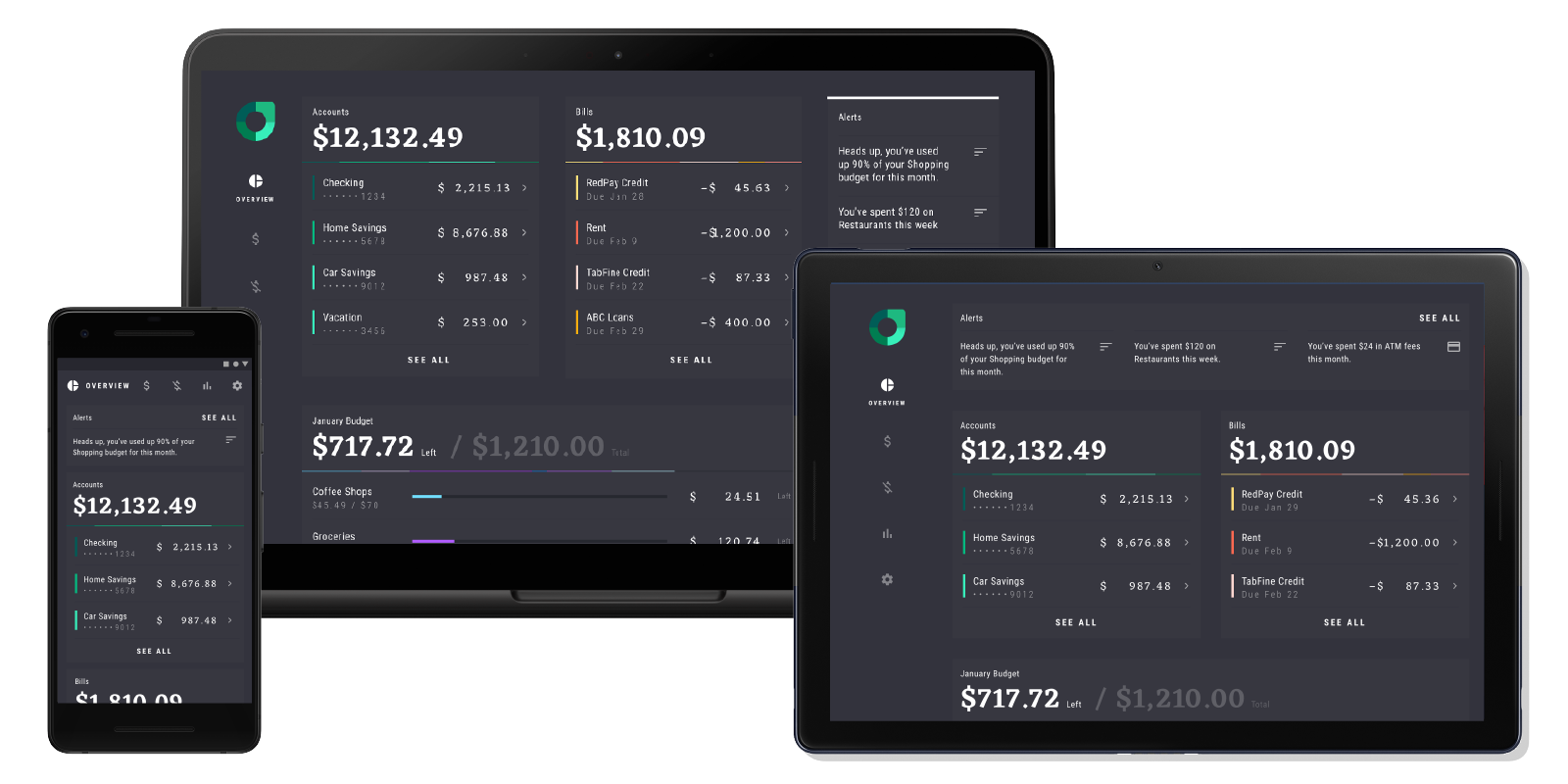Posted by Leticia Lago, Head of Developer Marketing, EMEA
At the start of this year we opened submissions for 2020’s Google Play Indie Games Festival - an international competition celebrating incredible indie games from Europe, Japan and South Korea.
We’ve received hundreds of fantastic submissions that showcase the technical abilities and groundbreaking creativity of independent studios. Many thanks to everyone who submitted their game. After some hard choices and late nights, we’re happy to announce our 20 finalists in each region.
Please check out the games below (in alphabetical order); each one is a true work of art. They will be receiving promotions and prizes to help them grow their business. They’ll also be competing in the Finals for the top prizes.
While this is a happy announcement, we must also inform you that we will be unable to hold the Finals as planned on April 25 in Poland, Japan and South Korea due to the COVID-19 situation. We will be postponing the events until further notice, as the health and safety of finalists, jury members, players and others involved is our top priority. Please stay tuned for further announcements.

Europe*
60 Parsecs! by Robot Gentleman
Aisle Trial by Jake Matthews-Belcher
Alien Escape by Korion Games
Alt-Frequencies by Accidental Queens
Bad North by Rawfury
Bounce that Bird! by Affinity Project
Cessabit: a Stress Relief Game by Tepes Ovidiu
Color Spots by UX Apps
Cookies Must Die by Rebel Twins
Demons Never Lie by Maika Hernandez
Doors: Awakening by Big Loop
Faraway: Galactic Escape by Pine Studio
inbento by Afterburn
My Diggy Dog 2 by King Bird Games
The White Door by Rusty Lake
Tiny Tomb: Dungeon Explorer by Tinycorp
Traffix by Infinity Games
Tricky Castle by Team Tricky
Unhatched by Filip Loster
Void Tyrant by Quite Fresh

Japan
Amayadori by CHARON・Yanase
CUBE GARDEN by Fukudanuki
GIGAFALL by Shiki Game Studio
GummyShooter by simatten
Home Fighter by hap Inc.
Matsuro Palette by SleepingMuseum
METBOY! by REBUILD GAMES
Mocha - Dagsaw Puzzle - by Kotoriyama, Inc.
MonsterTrader by Mitsuhiro Okada
Overturn by Katsu Matsuda
Shiritori - The Word Chain Game by Baton
Snowman Story by Odencat
SOUND JOURNEY SCHOOL WANDERER by SOUND JOURNEY
TAP! DIG! MY MUSEUM! by oridio Inc.
Teiji Taisha Online by toru sugitani
The Final Taxi by Zxima.LLC
Uncrowned by NESTOPI Inc.
Wasurenaide, otona ni natte mo by GAGEX Co.,Ltd.
World for Two by Seventh rank
Zelle by Odencat Fuming

South Korea
Castle Defense Online by BlackHammer
CAT THE DJ by CATSBY STUDIO
DiceEmpire by Banjiha Games
Domino City by Bad Beans
DUST by I-eye studio
Electroad by Night Owl Studio
Extreme football by 9M Interactive
From Earth by Kentauros Entertainment
Great Sword - Stickman Action RPG by Olivecrow
Heroes Restaurant by Team Tapas
Little Boy by 39Studio
Magic Survival by LEME
Mayday Memory by StoryTaco.inc
Petrider by Ddookdak studio
Project Mars by Moontm
QV by Izzle
Sand Shark : The Boy and The Sea by GABANGMAN STUDIO
Staroid : Brick breaker shooter by Spring Games
Sword Master Story by CodeCAT
Undestroyed by Keymaker games
The competition was open to indie developers from the following European countries: Austria, Belgium, Belarus, Bulgaria, Croatia, Czech Republic, Denmark, Estonia, Finland, France, Germany, Hungary, Israel, Italy, Latvia, Lithuania, Netherlands, Norway, Poland, Portugal, Romania, Russia, Slovakia, Slovenia, Spain, Sweden, Turkey, Ukraine, and the United Kingdom (including Northern Ireland).
How useful did you find this blog post?


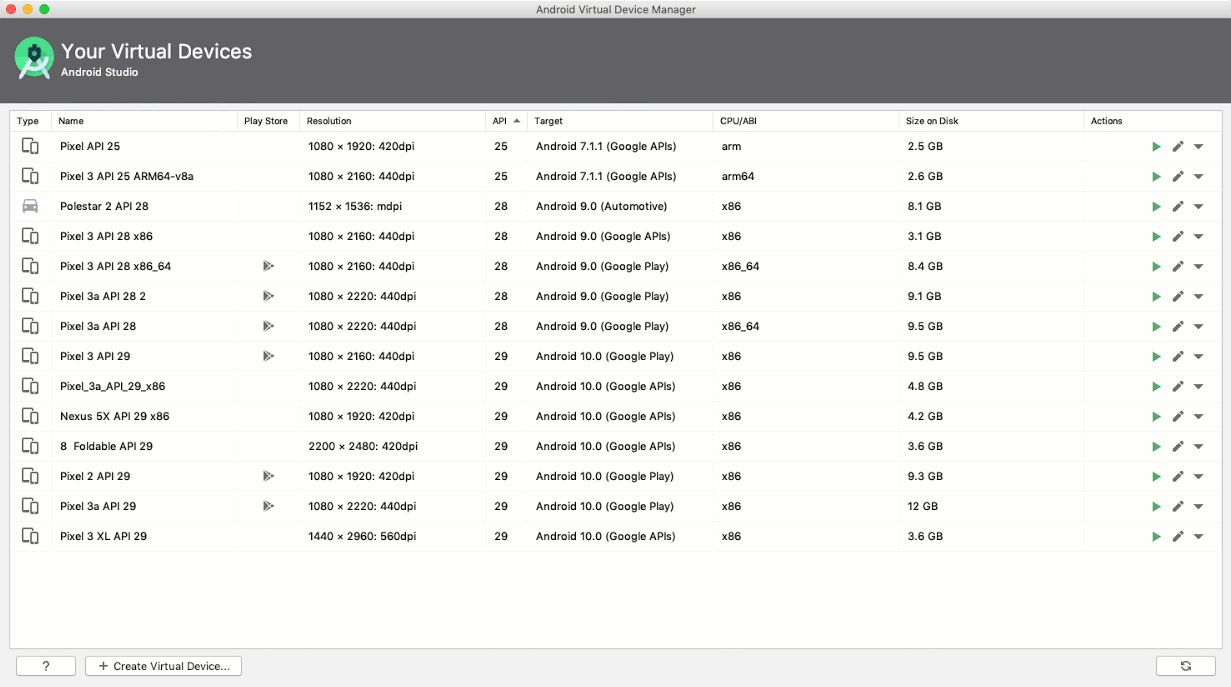 Posted by Michael Hazard
Posted by Michael Hazard
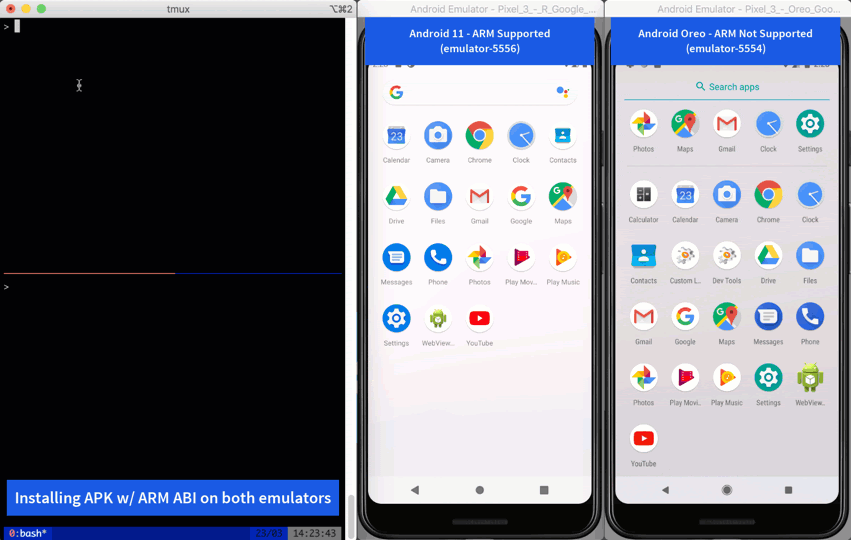



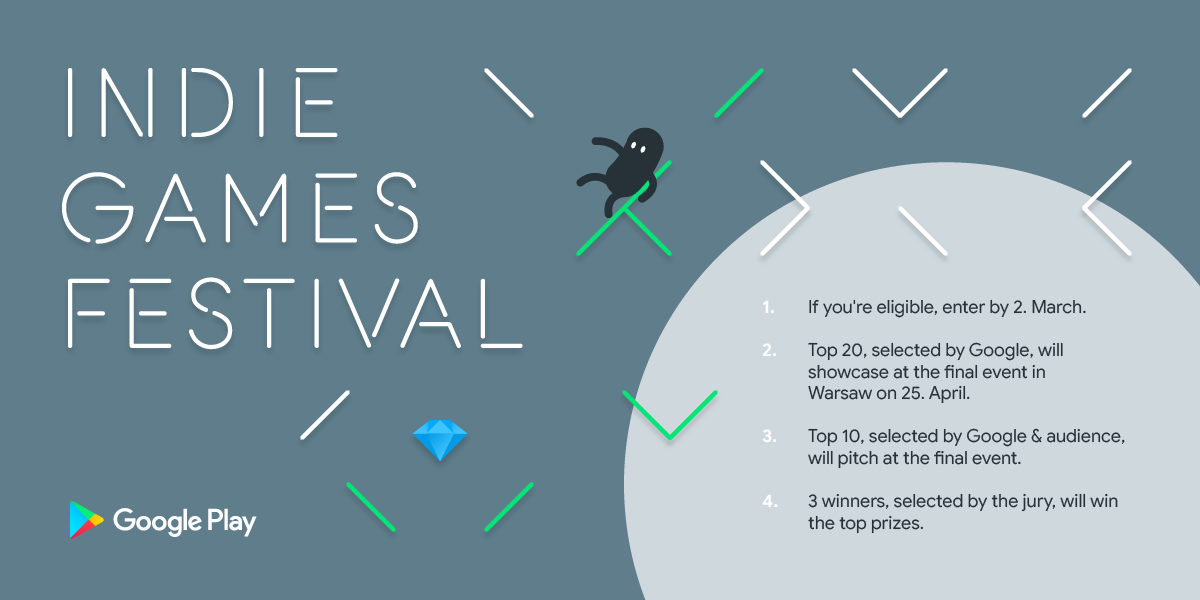





 Posted by Kobi Glick, Product Lead, Google Play
Posted by Kobi Glick, Product Lead, Google Play



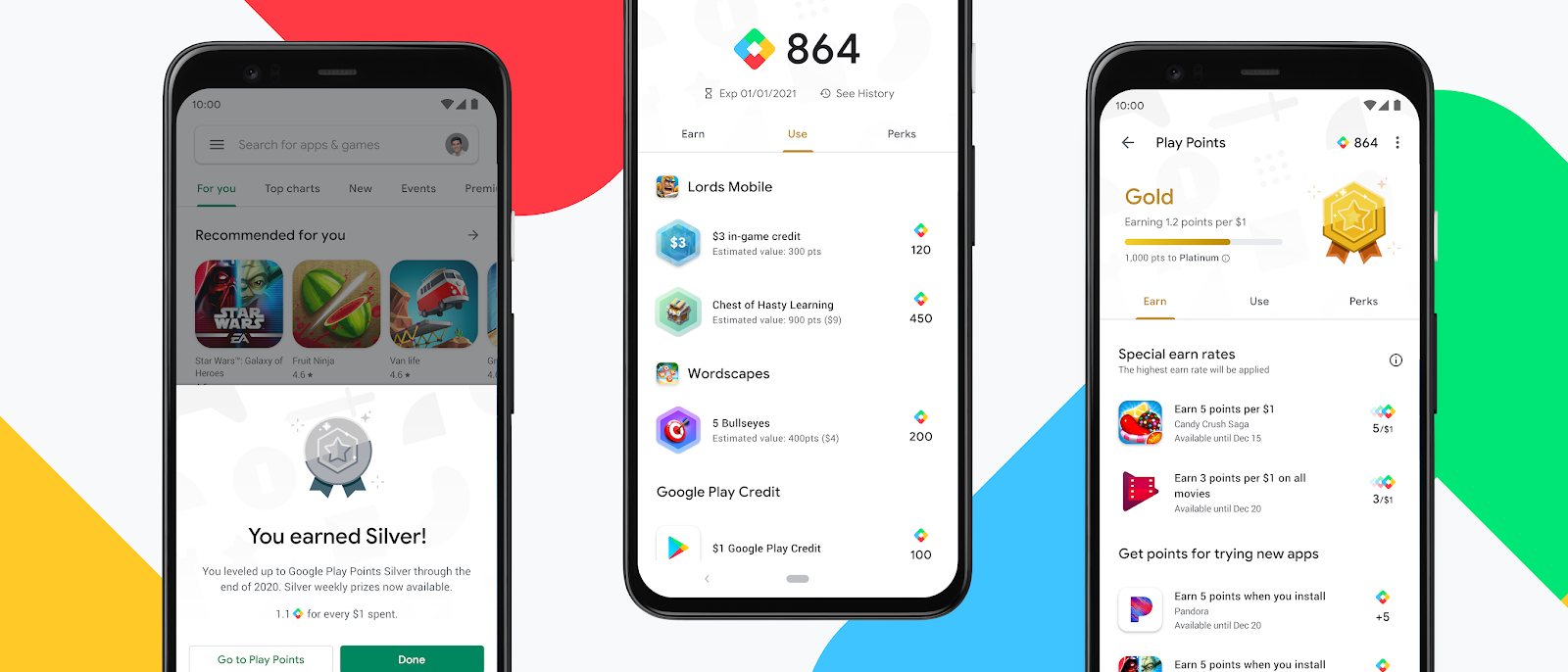 Posted by Paul Feng, Product Manager, Google Play
Posted by Paul Feng, Product Manager, Google Play
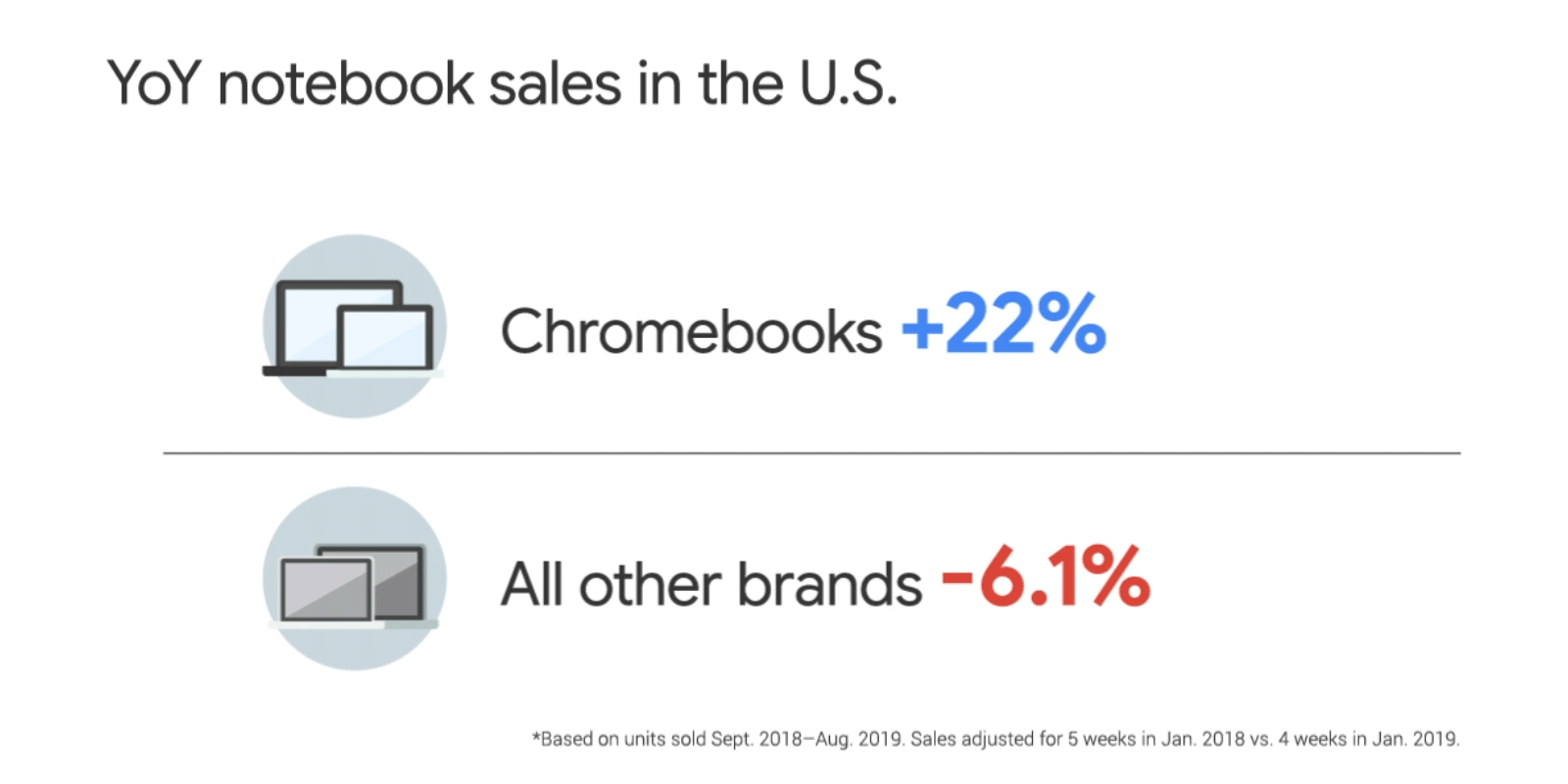 Posted by Allan Livingston, Product Management Director, Chrome OS App Ecosystem
Posted by Allan Livingston, Product Management Director, Chrome OS App Ecosystem
